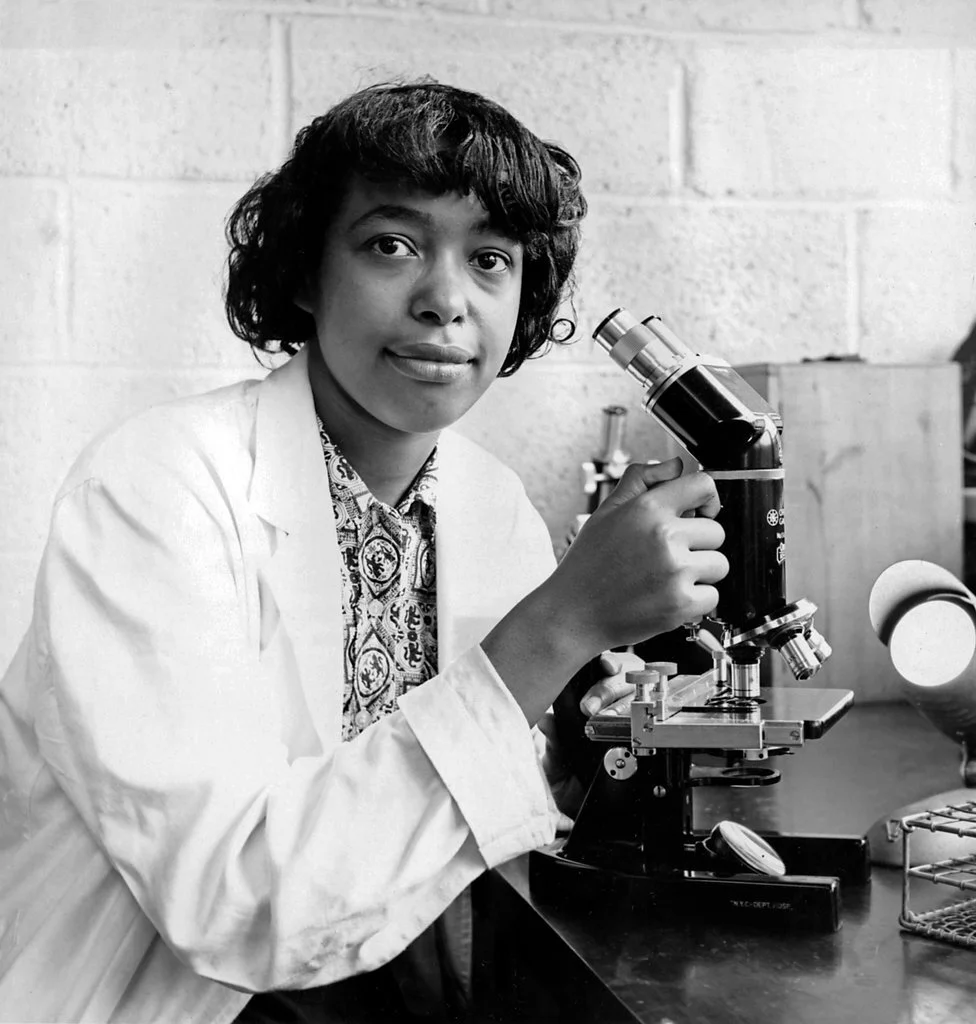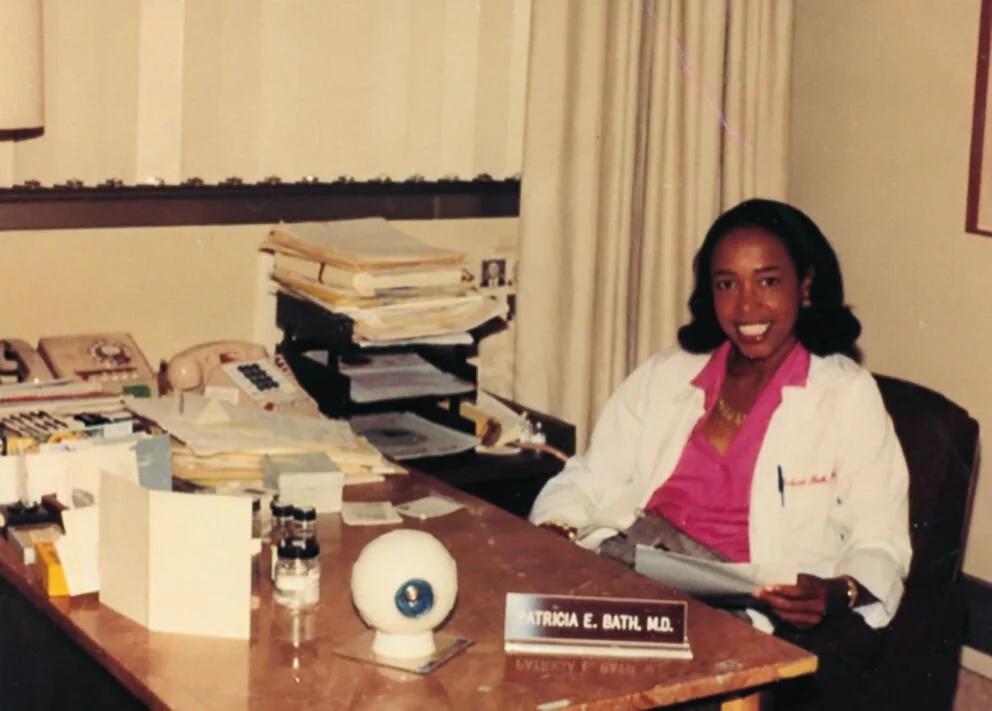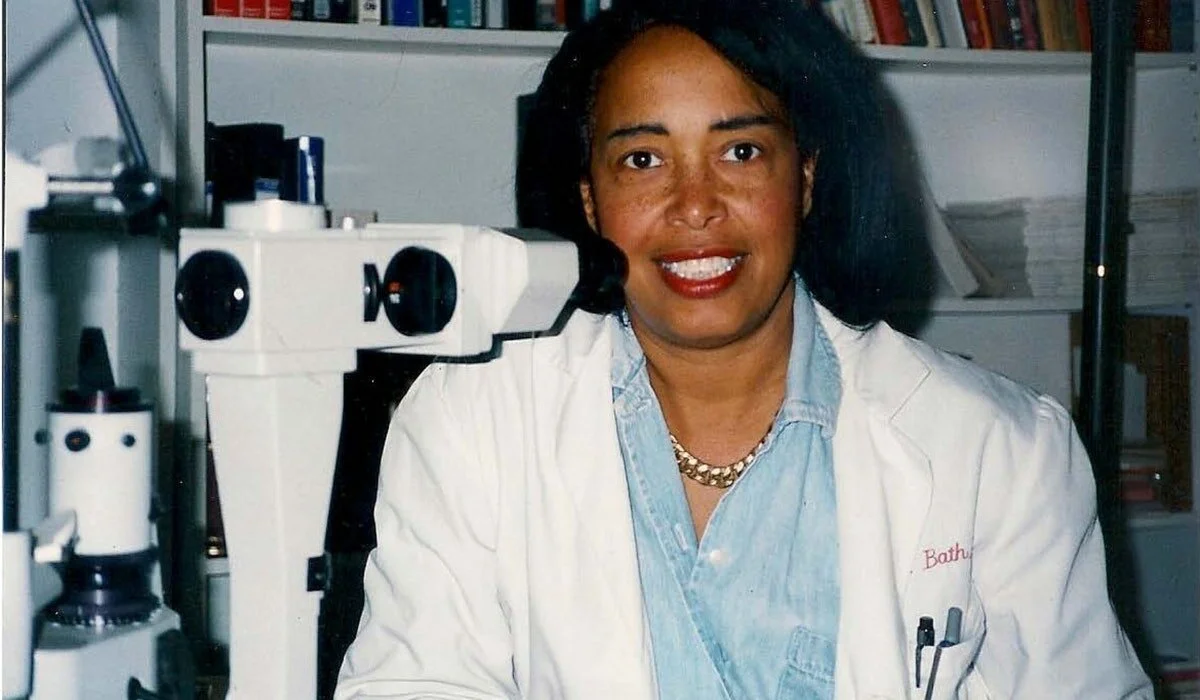Celebrate Black History Month: Patricia Bath
Patricia Bath, MD, was an ophthalmologist and inventor of the Laserphaco Probe used in cataract surgery which resulted in her becoming the first black woman physician to receive a medical patent.
Bath was born 1942, in the Harlem neighborhood of New York City. When she was still a teenager, she received a scholarship from the US National Science Foundation, which led to an opportunity to join a research project at Yeshiva University and the then Harlem Hospital Center in New York. She stayed in New York for her undergraduate degree, studying chemistry at Hunter College, and then moved to Washington, DC, for her medical degree at Howard University College of Medicine. Bath interned at Harlem Hospital from 1968 to 1969 and completed a fellowship in ophthalmology at Columbia University from 1969 to 1970.
While at Harlem Hospital and Columbia University, Bath quickly noticed the eye clinic in Harlem had an extraordinary amount of blind or visually impaired patients compared to the few at Columbia. This observation led her to conduct a retrospective epidemiological study, which documented that blindness among black patients was double that among white patients. Bath concluded that the high prevalence of blindness among the black population was due to lack of access to ophthalmic care. As a result, she proposed a new discipline, known as community ophthalmology, which was grounded in her belief that “eyesight is a basic human right”.
Bath went on to join the faculty of UCLA Charles R Drew University of Medicine and Science. During this time, she began to think that emerging laser technology might provide a more precise and less painful way to remove cataracts and restore eyesight. Bath took a sabbatical from her positions in Los Angeles to pursue her research in Europe after experiencing numerous instances of racism and sexism. In 1988, after five years of research while in Paris, Bath invented the Laserphaco Probe. With this device, Bath was able to restore the vision of patients who had been blind for decades and it’s still used today.
Bath died on May 30, 2019.
Sources:
https://cfmedicine.nlm.nih.gov/physicians/biography_26.html
https://en.wikipedia.org/wiki/Patricia_Bath
https://www.thelancet.com/journals/lancet/article/PIIS0140-6736(19)31684-8/fulltext
https://www.youtube.com/watch?v=gcE_QMTBNW4&ab_channel=TIME





